Nerd Neck: 5 Ways To Correct It [2021 Update]
Nerd neck (aka Forward head posture) can be seen everywhere nowadays.
I personally hate the slang terms to describe someone’s physical state, but hey this is what people are searching!
In fact nerd neck is starting to go by other slang terms such as text neck, scholar neck, iHunch, iPosture, wearsie neck, computer neck, upper crossed syndrome, and dowager’s hump.
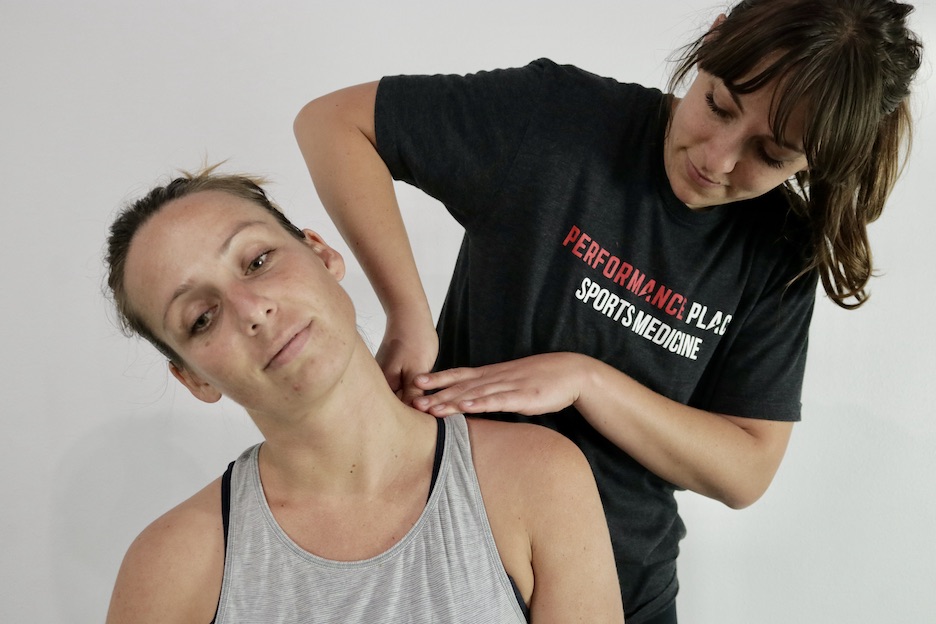
Who gets a nerd neck?
Teenagers, kids, and adults are all developing it.
This is not a problem only affecting certain ages and genders.
It primarily affects people who live a sedentary lifestyle. People who sit throughout the day tend to become affected more than those who are moving more throughout the day.
You could almost say that movement is the prevention of text neck!
We will cover this in sections to come.
Causes
Sorry I can’t help but interchanging the terms.
I think we can all point to a common theme. It’s screen time.
It does not matter what screen we are talking about. TVs, laptops, iPhones, Androids, iPads, Zoom, or Skype are offenders.
But we can’t only blame screen time.
Sitting time is just as bad, if not worse!
Poor sitting posture tends to endorse forward head posture, mid-back rounding (aka increased thoracic kyphosis), and lower back rounding.
Reversing these 3 spinal curves creates the perfect storm to create pain in the body, not just limited to the neck.
In the later section, I’ll cover symptoms more comprehensively.
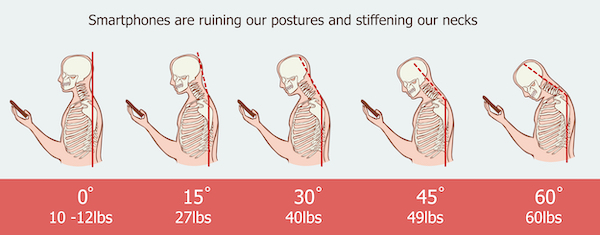
Side effects of nerd neck
Direct side effects of nerd neck are:
- local neck pain
- headaches
- pain between the shoulder blades
- numbness of the hands
- elbow pain
Some side effects of poor posture with sitting are:
- lower back pain
- hip or groin pain
- glute ache
- thigh numbness
- leg pain
- sciatica
- knee pain
- tight calf muscles

An example is a baseball pitcher. Pitchers can become more susceptible to shoulder injuries with normal pitching volume if they have too much sitting time throughout the day.
How can this happen?
Good question. We will cover that in the next section.
Mechanics
Forward neck posture places undue stress on the cervical intervertebral discs, which can create many of the side effects we discussed prior. Neck pain, headaches, and upper trap tightness are the most common ones.
We all know increased tight in the shoulder area can create muscular imbalances. This can lead to the shoulder pain with normal pitching volume.
This Youtube video demonstrates how related the neck is to the shoulder.
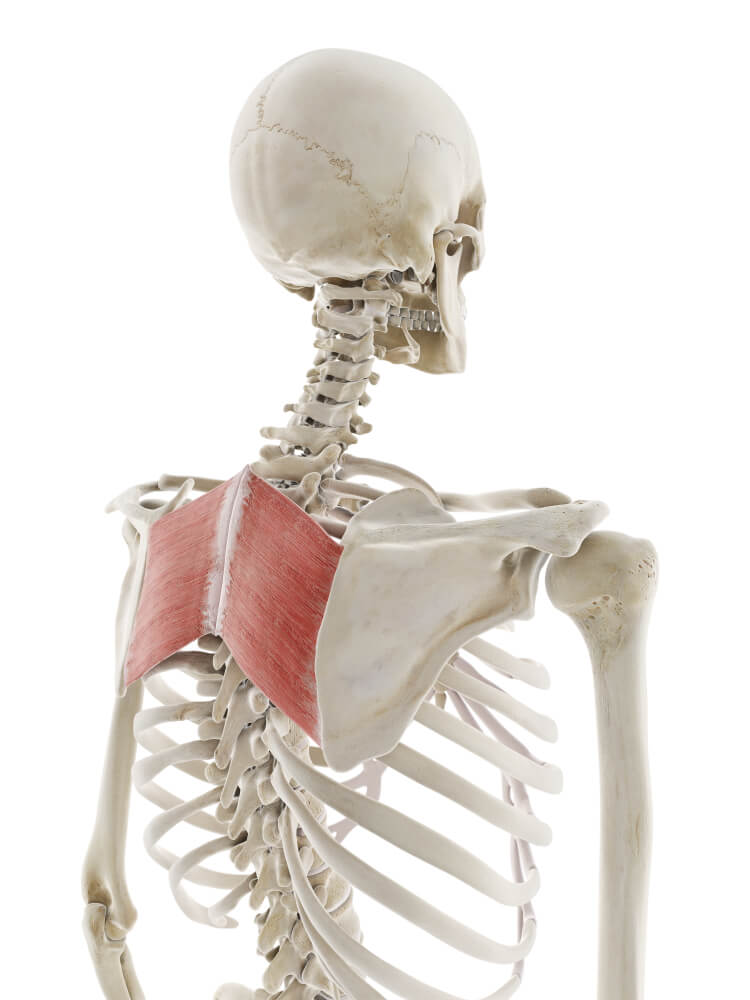
In the past, shoulder, wrist and hand pain has been quickly categorized as repetitive stress injuries.
Based upon my clinical experience, I would strongly disagree.
Many stubborn shoulder and forearm/hand cases I’ve treated who have failed soft tissue treatment surprisingly respond very well to “nerd neck treatment.”
The solution to nerd neck comes in the form of exposing the neck to the opposite motions for a period of time. I know it sounds simple. It is.
This chills the cervical discs down and stops the pain at the source. Cervical retraction or extension seems to work the fastest. There are many ways to accomplish this. I’ll cover a few options in the next section.
How to fix a nerd neck?
Allow me to share my top 5 simplest and fastest ways to fix nerd neck.
I’ll warn you that these are not the sexiest suggestions, but they work. You don’t need expensive treatments, nor fancy devices to stretch out your neck.
Remember if you are under 18 years old, you should talk to your parents about your problem so you can get more specific recommendations.
1 – Get rid of your pillow
I know that many of the articles you may have read tell you to buy a really expensive pillow.
I disagree. Here’s why…
When you look down at a laptop, book, or phone your neck is in a flexed position.
This position can become painful, so why would we want to have the neck in a painful position when sleeping?
Sleeping without a pillow is a simple fix for most people.
They sleep better and wake up feeling better as well.
Give it a try!
2 – Go for more walks
This one is just way too effortful for most people. They fight this suggestion tooth and nail, but let’s think logically again.
If sitting is a contributing factor, what do you think walking will do?
It will probably feel good!
Walking actually places all 3 curves of the spine in the opposition position that they were sitting (the perfect storm).
Walk for an extra hour a day and see what happens! Walking is a great way to correct text neck.
3 – Use a foam roller
A foam roller on your mid-back is a great way to help reduce forward neck posture. It reduces pain and improves flexibility when treating neck pain.
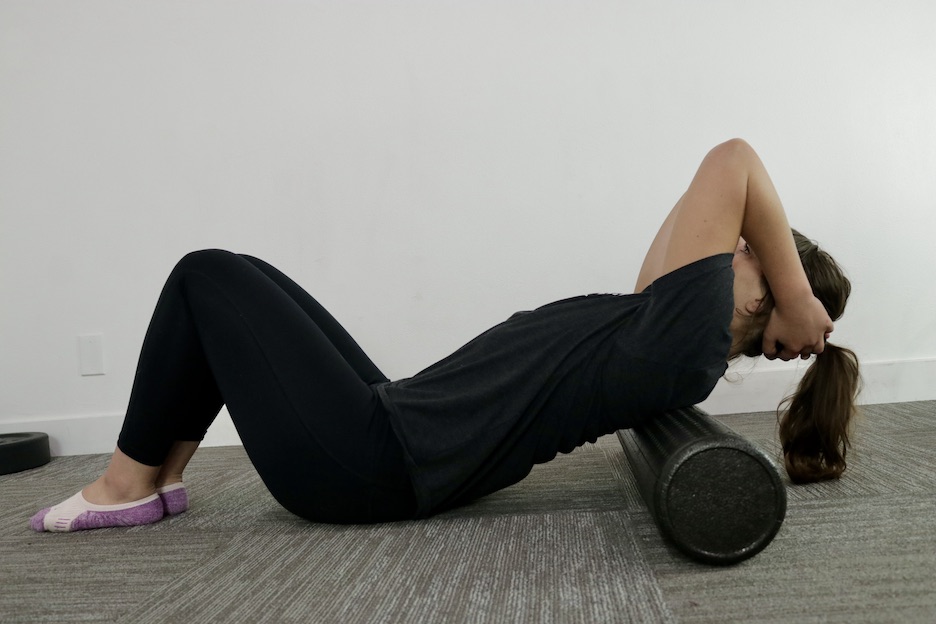
4- Start lifting weights
Weightlifting (with good form) is a great way to build prevention against the text neck.
It not only robs you of screentime, but it also builds the muscles on the backside of the body which helps to hold you in better posture without any effort.
Win-win!
5 – Drink more water
I know this one is silly but it works.
If you drink from a bottle, what happens to your neck as you drink? It extends. Remember I said neck extension can help with nerd neck?
If you drink too much water while you sit at work what happens?
You have to pee.
When you have to pee what happens?
You have to stand up and walk to the restroom hourly.
I’m tricking you into walking again.
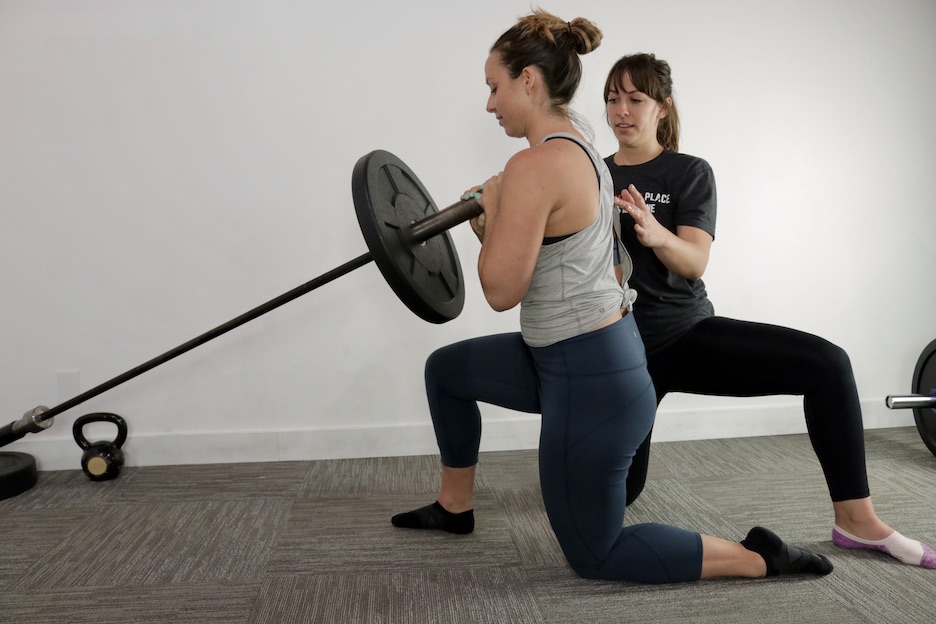
Recap
No matter what way you spin it, walking and standing can help with nerd neck, text neck, forward head posture… whatever you want to call it.
Yet in some situations, you may need professional help to get you out of pain so you can do some of the simple suggestions again.
When you need help, we will be there 🙂
I’m Sebastian at Performance Place Sports Care.
We can help virtually or in-person. We also have online programs that can help reduce shoulder blade pain associated with forward head posture.

